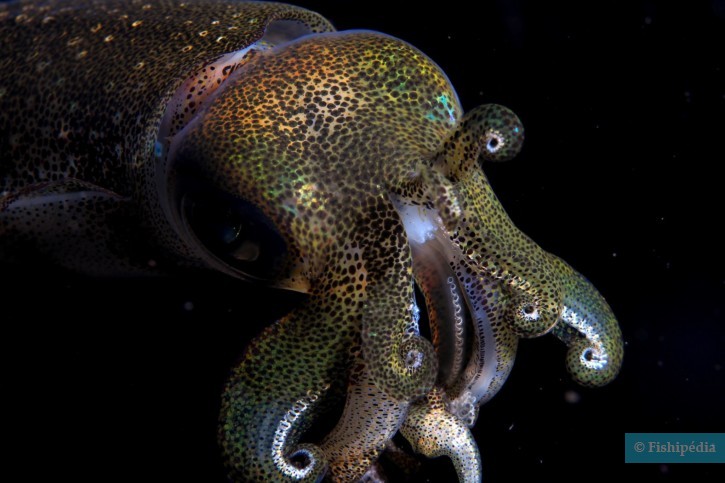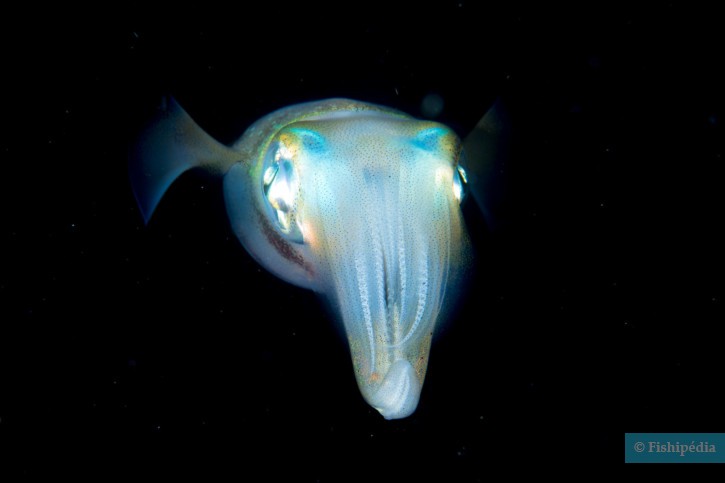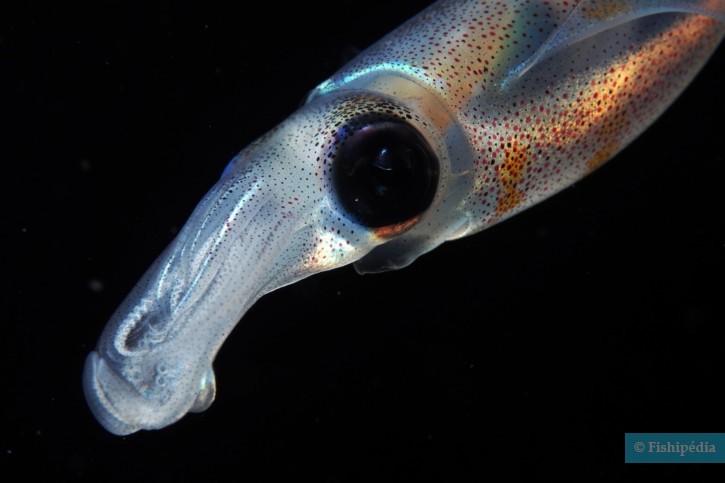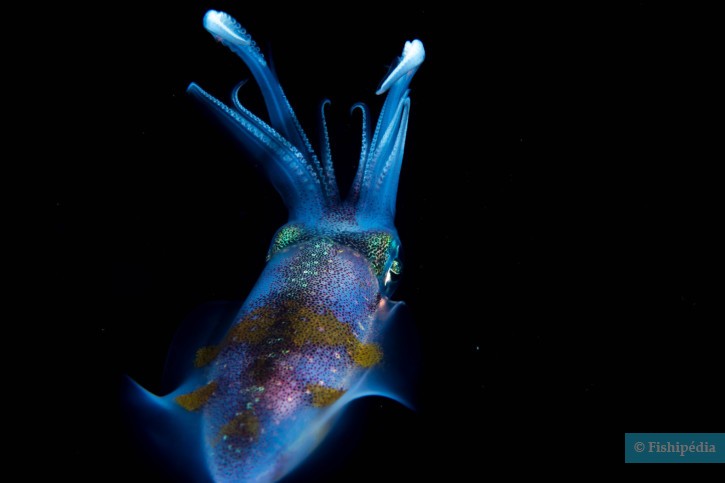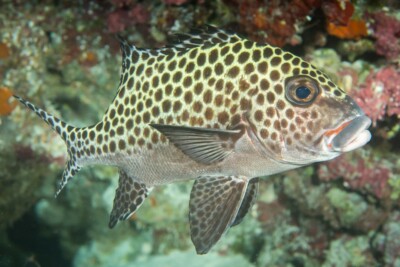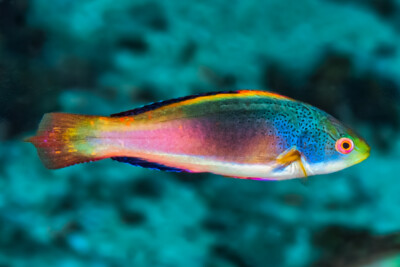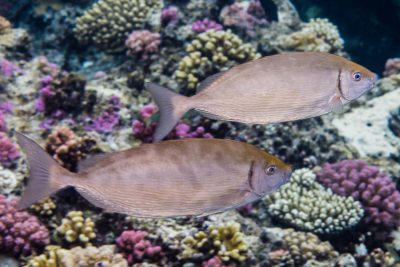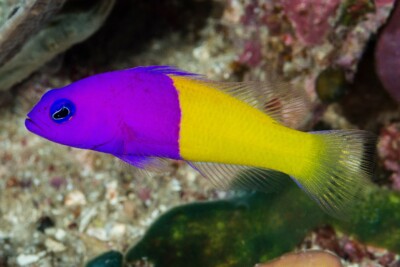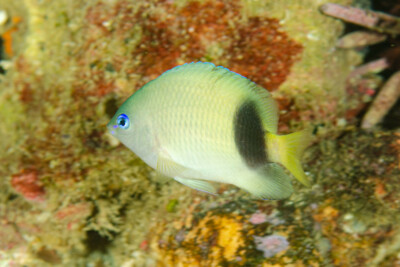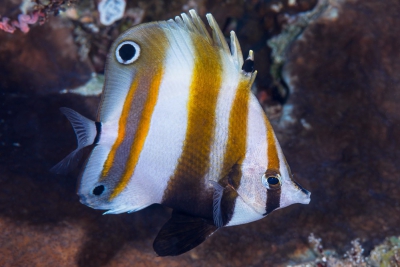bigfin reef squid
| Scientific name | Sepioteuthis lessoniana |
|---|---|
| Descriptor | Lesson |
| Year of description | 1831 |
| IUCN category (World) | DD |
| Family | Loliginidae |
| Genus | Sepioteuthis |
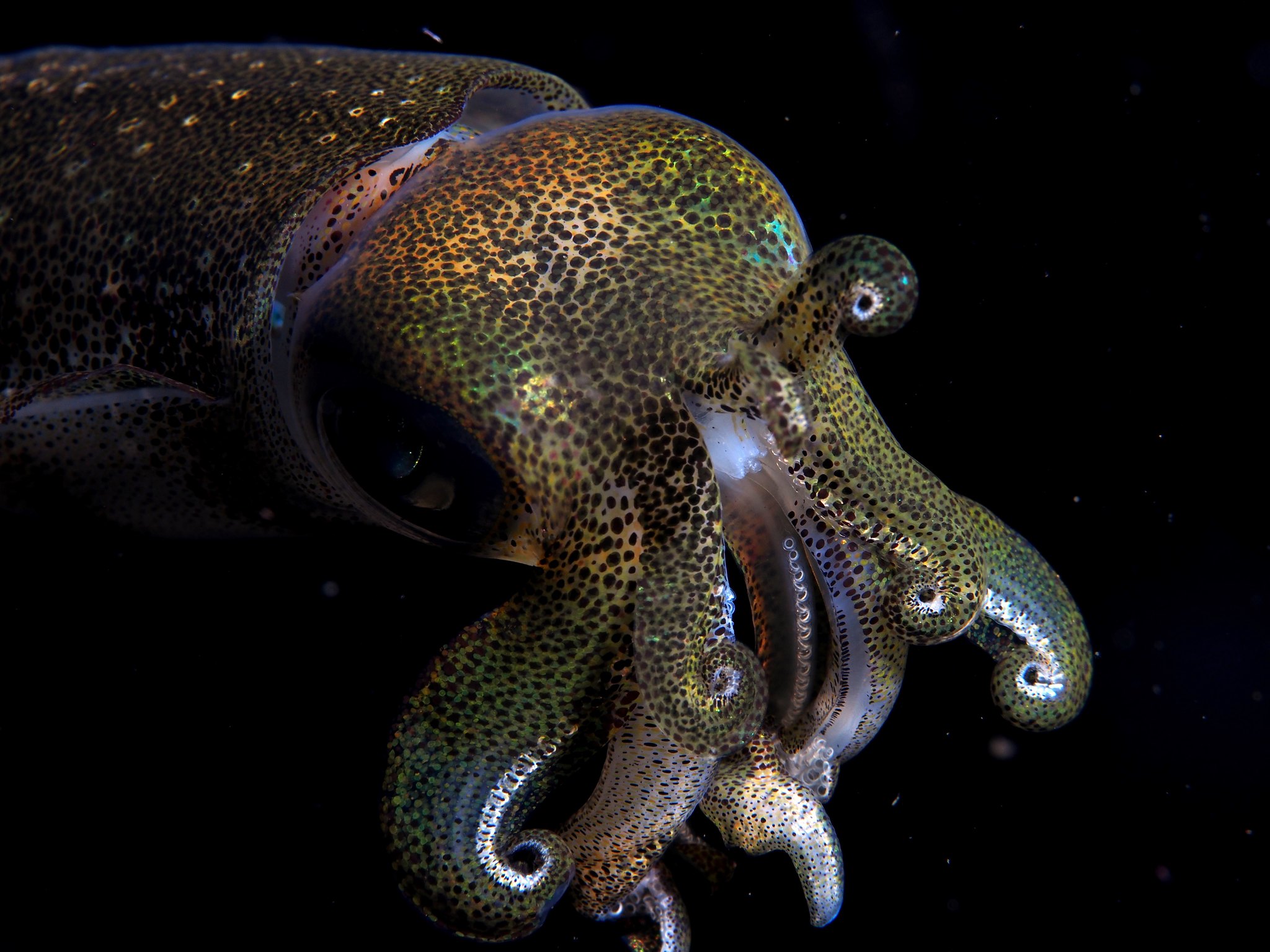

Introduction
Sepioteuthis lessoniana, commonly known as bigfin reef squid, is a salt water mollusc.
This sheet is currently being prepared. The texts currently proposed come from our data model or are being drafted. To request priority for this content, you can write to us HERE.
Who is it?
Genus Sepioteuthis
Species of the Sepioteuthis genus are squids living in tropical and subtropical reefs. They have many similarities with cuttlefish but are easily distinguished by the presence of a Gladius instead of a bone. What's more, unlike cuttlefish, these species cannot retract their tentacles. "Sepioteuthis" is deliberately close to the word "Sepia" because these squids have a large and thin fin that can cause confusion with some cuttlefish.
As for other squids, the eyes are dominating and give this species an excellent night vision. They are for that matter impressive night hunters. During the day, they stay hidden in the sandy bottoms. Like many cephalopods, they can change color to camouflage themselves or intimidate an intruder. Their main preys are fishes from shoals, such as anchovies or sardines.
Freshly hatched squids are carried away by sea currents in shallow waters. Juveniles and young adults develop in sea grass beds and reefs, while adults live in deeper waters, sometimes up to more than 100 meters deep.
In 2020 there are 3 described species : S. lessoniana, S. australis et S. sepioidea.
Morphology
-
Type
-
Size30 - 42 cm
-
Coloursvivid
-
Mimicrymultiple
-
Type of mouthbeak
-
ChromatophoresYes
-
Motifponctuations
-
Type
-
Size30 - 42 cm
-
Coloursvivid
-
Mimicrymultiple
-
Type of mouthbeak
-
ChromatophoresYes
-
Motifponctuations
How to recognize This mollusc ?
The bigfin reef squid measures between 30 and 42 cm. The has ponctuations.
Behaviour & Life cycle
-
SociabilityThe following information corresponds to the mode of sociability once sexual maturity has been reached.gregarious
-
Way of livingnocturnal
-
VenomousNo
-
Dietpredator
Chromatophores are pigment cells that reflect light in the integument of some animals. They are mostly responsible for the color of the skin and eyes of cold-blooded animals and are created by the neural crest during embryonic development.
The bigfin reef squid is a mollusc gregarious naturally found mid-depth and near surface. This species is carnivorous . This mollusc lives mainly at night. Usually, it leaves its hiding place and starts to be active once it gets dark.
Although the bigfin reef squid is non-territorial, it is sometimes aggressive towards other species.
Reproduction
-
Reproductionovipare qui pond sur substrat découvert
The bigfin reef squid is a mollusc ovipare qui pond sur substrat découvert.
Harmless species
This species does not represent any particular threats to humans when encountered in its natural environment.
Origin and distribution
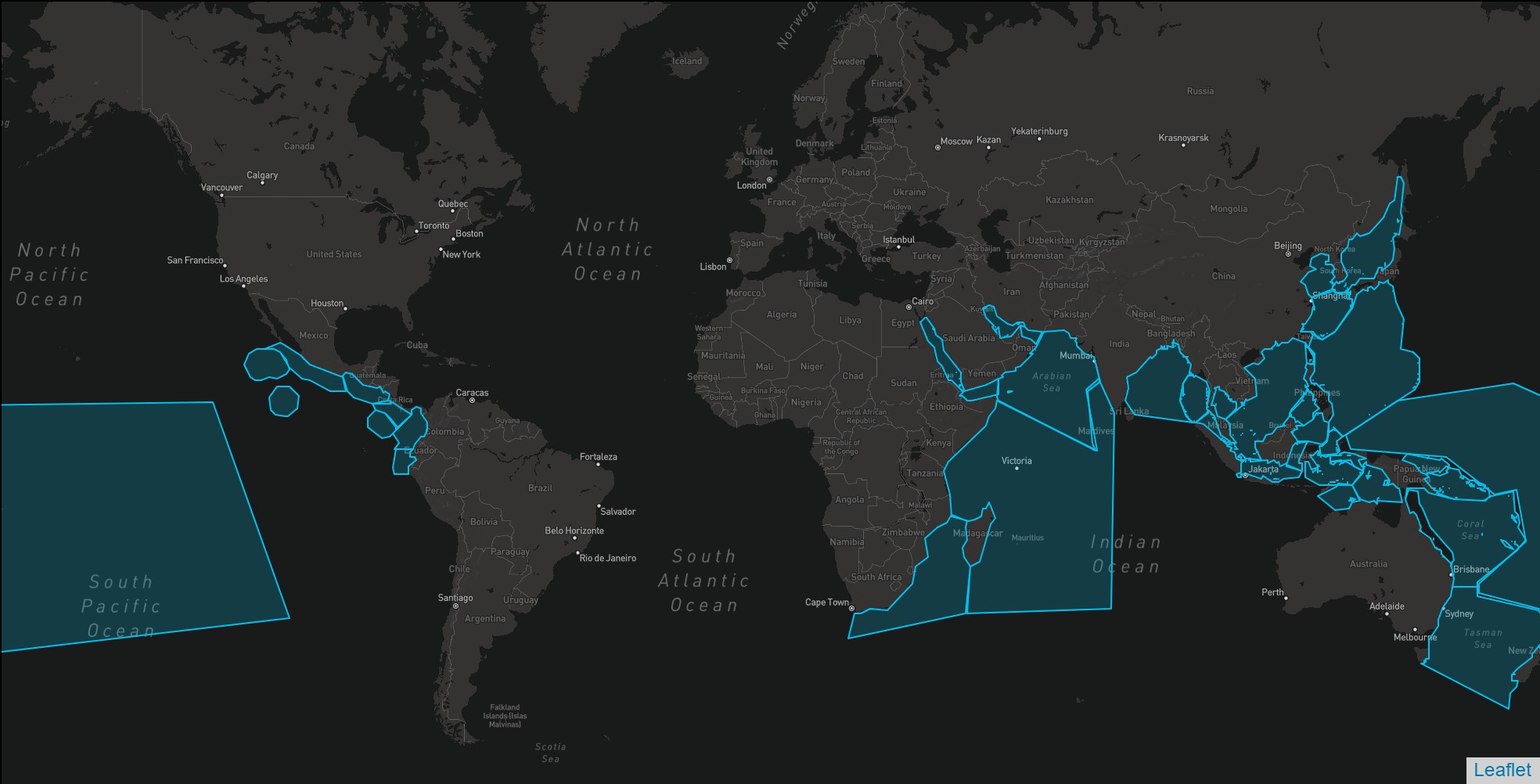
Conservation status of populations (IUCN)
What is its habitat?
Natural environment characteristics
-
Temperature24 - 30 °C
-
Depth1 - 100 m
-
EnvironmentActive pelagic
Biotope presentation
The bigfin reef squid is most often found at a depth between 1m and 100m. However, it is not impossible to find this species at other depths.
Species of the same biotope
Fishkeeping
Not recommended
We do not recommend keeping this species in an aquarium. It has unpredictable needs which, if not met, generate significant stress, potentially leading to a shorter life expectancy, an interruption of its growth or the development of pathogens.
To go further
Sources & Contributions
Participation & Validation
The Fishipedia team and specialist contributors are committed to providing high-quality content. However, although the information comes from scientific sources or testimonials from specialists, the cards may contain inaccuracies.
Translation
Translation done with the valuable contribution of our translators, who make this information available to a wider audience. We sincerely thank them for their commitment.
Bibliographic references
Cephalopods of the world - Volume 2. Myopsid and Oegopsid Squids - FAO Fisheries Synopsis - 2010.
Scientific partners
Tags
#Loliginidae
#Sepioteuthis
#barrière de corail
#fonds sablonneux
#herbier
#récifs extérieurs
#squid
#Bay of Bengal
#Persian Gulf
#Great Barrier Reef
#mer d'Oman
#Tasman Sea
#mer de Weddell
#Philippine Sea
#Sea of Japan
#Red Sea
#South East Asian Seas
#Indonesian seas
#western Indian Ocean
#Tropical Eastern Pacific
#Western Tropical Pacific Ocean
Species of the same biotope
